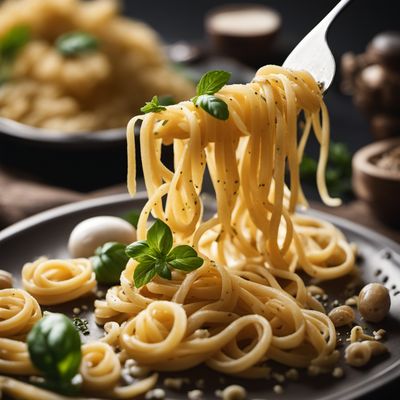
Ingredient
Rice based dishes dry, uncooked
The Versatile Grain: Uncooked Rice for Culinary Delights
Uncooked rice comes in various shapes, sizes, and colors, including long-grain, medium-grain, and short-grain varieties. It has a neutral flavor and a firm texture when raw, but transforms into a soft and fluffy grain when cooked. The appearance of uncooked rice can range from white to brown, black, or even red, depending on the variety. It is a key ingredient in dishes such as pilaf, risotto, sushi, and rice pudding.
Origins and history
Rice cultivation dates back thousands of years and has played a significant role in the development of civilizations across the globe. Originating in Asia, rice spread to other parts of the world through trade and exploration. Today, it is a staple food for more than half of the world's population. Rice is deeply ingrained in the cultural and culinary traditions of countries like China, India, Japan, Thailand, and many others.
Nutritional information
Uncooked rice is a carbohydrate-rich ingredient that provides energy and essential nutrients. It is a good source of complex carbohydrates, which are slowly digested and help maintain stable blood sugar levels. Rice is also low in fat and sodium, making it a healthy choice for those watching their weight or managing their blood pressure. Additionally, rice contains small amounts of vitamins and minerals, such as B vitamins, iron, and magnesium.
Allergens
None
How to select
When selecting uncooked rice, consider the desired texture and cooking method. Long-grain rice, such as basmati or jasmine, is ideal for fluffy, separate grains, while medium-grain rice, like Arborio or sushi rice, is better suited for creamy dishes like risotto or sushi. Look for rice that is free from debris, insects, or signs of moisture. Opt for brands that are known for their quality and consistency. Additionally, consider purchasing rice that is sustainably sourced or certified organic, if available.
Storage recommendations
To maintain the freshness and quality of uncooked rice, store it in a cool, dry place, away from direct sunlight and moisture. Keep it in a tightly sealed container or airtight bag to prevent exposure to air and pests. Avoid storing rice near strong-smelling foods, as it can absorb odors easily. Properly stored, uncooked rice can last for several months to a year, depending on the variety.
How to produce
Uncooked rice can be produced on a small scale by home gardeners or in large-scale rice paddies by farmers. The process involves preparing the soil, planting the rice seeds, and providing the necessary water and nutrients for growth. While it requires specific conditions and expertise to achieve optimal yields, growing rice can be a rewarding experience for those with the right resources and knowledge.
Preparation tips
The preparation of uncooked rice varies depending on the desired dish. For basic cooking, rinse the rice under cold water to remove excess starch, then combine it with the appropriate amount of water or broth in a pot. Bring it to a boil, then reduce the heat to low, cover, and simmer until the rice is tender and the liquid is absorbed. For more complex dishes like risotto or sushi, follow specific recipes and techniques. Experiment with different seasonings, herbs, or vegetables to enhance the flavor of the rice. Remember to adjust the cooking time and liquid ratio based on the type of rice being used.
Substitutions
Quinoa, couscous, bulgur wheat
Culinary uses
Uncooked rice is a versatile ingredient that can be used in a wide range of dishes, including pilafs, stir-fries, salads, soups, and desserts. It can be flavored with various spices, herbs, or sauces to complement different cuisines. Uncooked rice is also a key component in traditional dishes like paella, biryani, jambalaya, and arancini. Its ability to absorb flavors and provide a comforting texture makes it a popular choice in many global cuisines.
Availability
Commonly available worldwide



